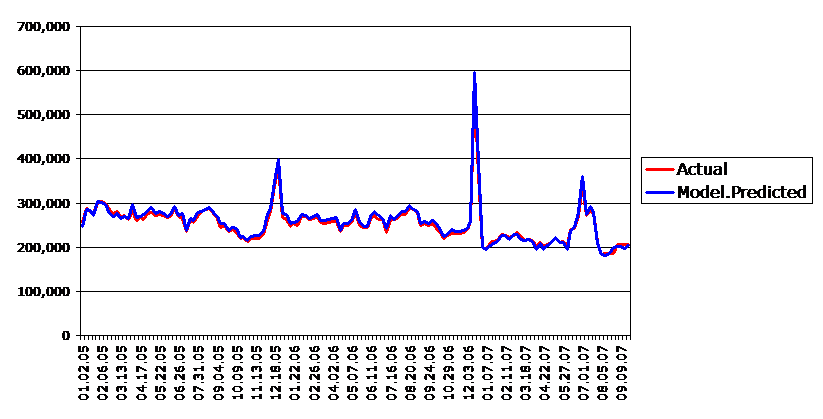Are you flying in the dark with your marketing budgets?
By Michael Wolfe
Senior Director of Marketing Science, BBDO
Marketing-mix modeling is, in fact, a major undertaking to link all of a firm’s individual marketing efforts, including direct marketing, mass media, online and offline media, to retail or end-user sales over time. This is done through the development of predictive econometric models, of a firm’s sales over time and, in so doing, replicates the period patterns and “lifts” in company sales. By being able to determine which marketing initiatives are responsible for driving those “sales lifts”, the individual contributions of marketing can be determined and quantified. From there, due diligence can be applied to financial data in order to determine each marketing program’s true financial returns. A clear picture of which marketing activities are working and which are not thus emerges.
As a predictive model is developed that can identify and quantify what marketing activities are contributing to a company’s lift in sales, we can “decompose” company sales or revenue and identify the specific contributions of each marketing program and how much “incremental revenue” is generated from a marketing budget over a period of time, as shown below.
The modeling exercise will, of course, develop a multitude of insights on what is working and not working, what the actual returns on marketing investments are and a host of insights into the relative strength of different marketing tactics in driving incremental revenue. Nevertheless, the most important part of the exercise is to leverage this knowledge in order to project forward how best to spend the marketing budget across the next budget cycle. This is an optimization exercise which leverages the marketing sensitivities generated from the model, by applying revenue management tools and culminates in allocating more marketing dollars to the more productive programs and less to the less productive ones. Central to this exercise is that it does all of this with the objective of maximizing total revenue or sales. This exercise is typically done with fixed or last years’ dollars; so the exercise is designed to show how much more revenue can be generated with the same dollars from last year’s budget. Typically, from our experience working with clients, this optimization of marketing spend tends to produce 3 to 8 percent higher total revenue growth from essentially the same dollars employed in the previous budget cycle. Typically, we display this as shown below which compares the current with an “optimized budget” and directly compares the contributions of the current budget next to the actual spending allocation.
The bottom-line for chief marketers is that they no longer need to fly blind when it comes to setting and defending marketing budgets. Furthermore, the adversarial tensions with finance does not have to be a part of the process. Marketing-mix modeling is a tool where marketers can and will have a complete picture of how well their marketing dollars are working. In addition, they can also have a tool which will help them allocate budget dollars with a plan that has maximum productivity built directly into it!
Michael Wolfe is Senior Director of Marketing Science for BBDO’s analytics and modeling consultancy, “The Worth”. Michael has an MA in econometrics from the University of Iowa and PhD work in the same at Indiana University. He has 25+ years experience in econometric and marketing mix modeling for companies such as Coca-Cola, AT&T, P&G, McDonalds, Pepsi, Starbucks, Harrah’s Entertainment and Capital One. He can be reached by phone at 404.841.1620 or at Michael.Wolfe@bbbdoatl.com.





